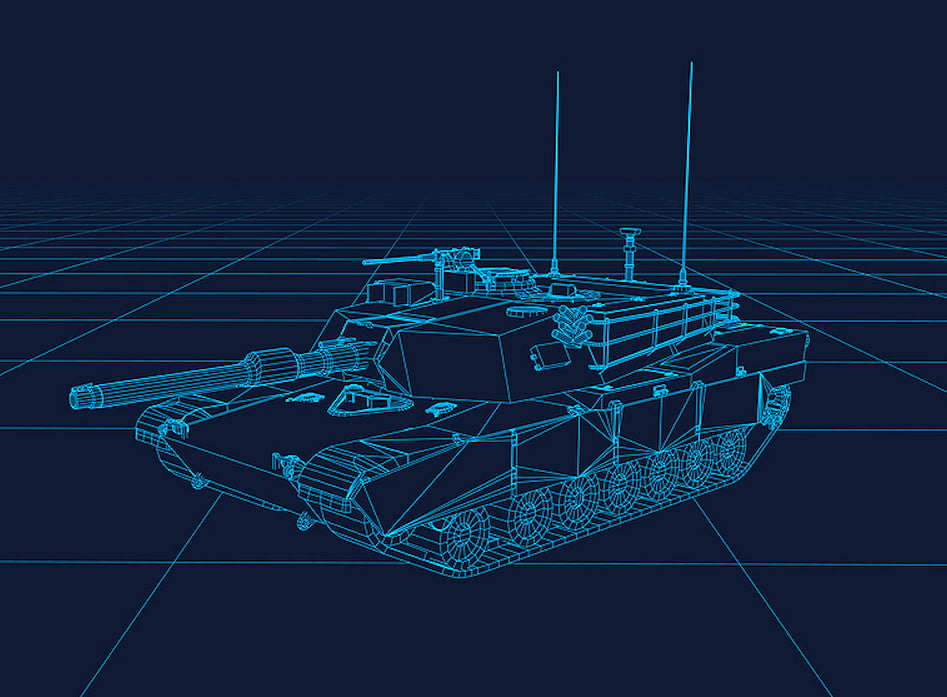IN a move sure to be mirrored in Australia, leaders of the U.S. Army, Navy, Marines and Air Force told delegates at the recent Armed Forces Communications and Electronics Association’s Mobile Tech Summit want more secure mobile and wireless technology integrated into their operations to enhance operational efficiencies in training and logistics and improve productivity.
Speakers at the AFCEA reported that mobile technologies can be used in almost every aspect of the armed forces. Rick Walsh, the Army’s mobile program director, said the service’s Training and Doctrine Command wants to use wireless technology to bring training and professional development from the classroom to the field, according to FCW.
“I have 1500 pieces of courseware written up to 20 years ago,” Walsh said. “We still use it and its still good courseware, but I’ve classified it in such a way that I can’t use it in the mobile workspace. It has to be controlled, so you can only build it in the classroom, only on a government furnished equipment device, only if you’re access card enabled. That’s not good.”
In the immediate future, the U.S. Army wants to increase student population up to 10 times over by making training information more open and accessible via mobile technologies, Walsh said.
Chris Woehler, deputy assistant chief of staff of the Marine Corps’ Installations Command, said the service wants to let soldiers use mobile devices to update supply transactions instead of logging onto a PC. According to Woehler, most of the Marines’ maintenance and supply buildings are being altered to support mobile infrastructure.
“We’re putting more Wi-Fi backbone in each of those facilities,” he said.
The idea is to allow suppliers and other logistics workers to remain in hangars and use portable maintenance devices to plug into the different logistics capabilities and order new parts.
Meanwhile, the U.S. Air Force also wants to remake its logistics program so that it is mobile-friendly.
Maj. Gen. Cedric George, the Air Force’s logistics CIO and deputy director for resource integration, said at the summit that the force’s logistics mobile strategy isn’t taking shape quickly enough, according to FCW. The Air Force has 359 logistics IT systems that are on average 18 years old and must be re-modeled to become mobile-ready.
“It’s not sufficient, it’s not effective, it is not sustainable. And while we have a smorgasbord of applications for mobile, it’s not driving the log effects I need,” George said, adding that he wants to move applications “strongly and comfortably in a commercial cloud environment.”
The U.S. Navy is also working on a new policy to add support for small cell wireless networks, which are cellular networks limited to small geographic areas that can boost network capacity.
